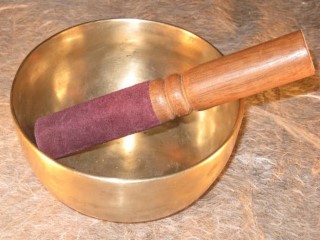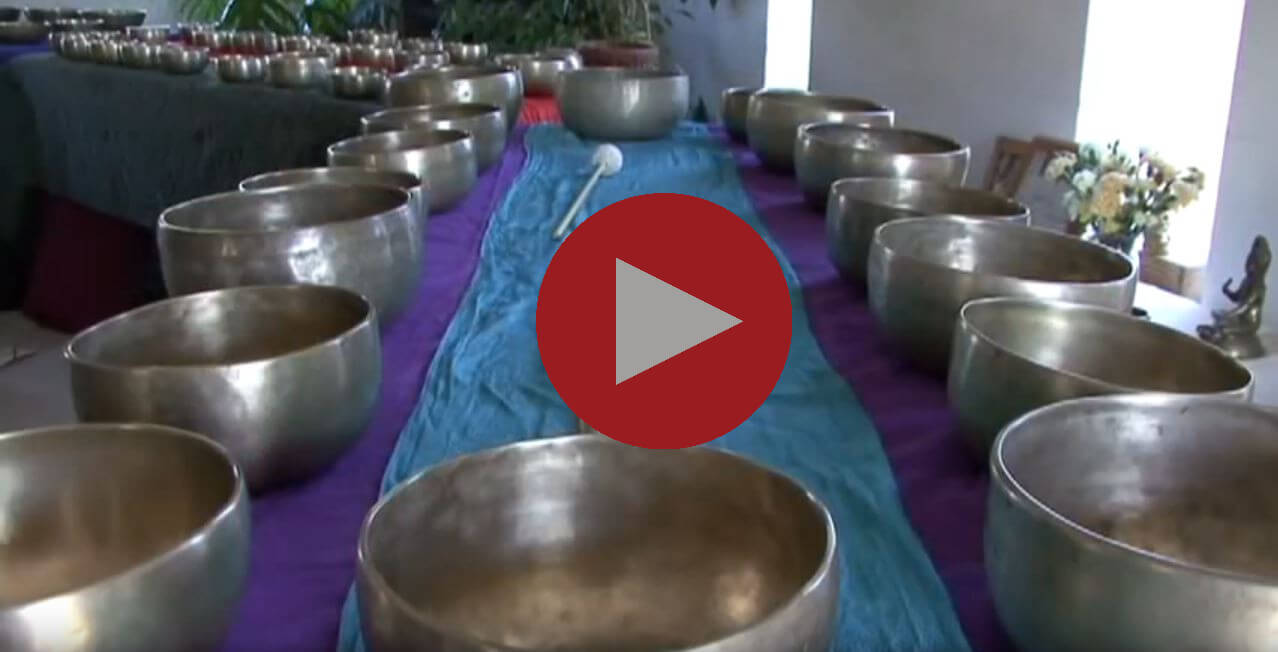As a region surrounded by towering mountains and vast deserts Tibet enjoyed the benefits of isolation in times where the backs of animals was the most advanced mode of transportation.
At the beginning of the 20th century Tibet, which covered an area the size of Western Europe, was the largest intact medieval civilization on the planet. The tenor of life, the beliefs, the structure and purpose of society were much as they had been for hundreds of years. Institutions founded 200, 500 or even a thousand years in the past functioned in ways not dissimilar to the time of their founding. Thousands of monasteries supported by local patronage, each with their story of initial inspiration, had long written histories with lists of abbots going back centuries.

This is not to say all was peaceful or idyllic. Tibet’s natural defenses deterred most but not all invaders. The Tibetans fought their battles, both internally and externally, and sometimes the losers found themselves erased from the map. Still in relative terms compared to say, Europe, India or the Americas there was relatively little wholesale destruction. Incursions from outside were limited in size by the physical barriers while internal armed conflict fought on a small scale without advanced destructive technology. Even that most fearful of invaders, Genghis Khan, chose not to invade neighboring Tibet while at the same time slaughtering millions of not so far off Chinese farmers.
Accumulated Wisdom
One thing such long stability fosters is accumulation. The Tibetan Buddhists generated, “found” and accumulated a huge body of teachings, ceremonies and empowerments. Libraries in the monasteries were full of valued books documenting the lives and revelations of remarkable men… and a few women. While many of the fine details have been lost the most essential elements of this accumulation remain very much alive and are increasingly accessible to those who seek them out.
Accumulated Objects
The monasteries accumulated great troves of objects from simple household goods to storehouses of sacred religious objects. There are stories of locked rooms piled high with all manner of treasures covered in the dust of centuries. These rooms were only opened to add the next offering. Somewhere in this accumulative mix were the singing bowls which, like the institutions and accumulations themselves, could be of great antiquity.
Isolation
Old Tibet was a closed place, difficult to get to and even harder to get permission to stay once you arrived. Certainly there was trade, caravans and goods came from the east, south and west. Chinese tea was the standard of quality and Nepali metal work sold throughout the land. Tibetan coins were minted in Kathmandu. However explorers and casual visitors were routinely refused entry; consequently there are very few firsthand 18th or 19th century accounts of Tibet written by Westerners.
As the world grew smaller through advances in Western technology the large blank area of the map that was Central Asia began to take on more importance. The Victorian British were playing the “Great Game” with the Russians. Wary of encirclement of the crown jewel of their empire – India, and alarmed by the possibility that traveling Russians (like the mystic Gurdjieiff) might be drawing Tibet into that country’s sphere of influence the British invaded Tibet at the beginning of the 20th century. The Younghusband Expedition arrived in Lhasa in 1904 to find the 13th Dalai Lama (1876-1933) had fled to the relative safety of China. A few years later a second invasion from this temporary refuge sent the 13th in the opposite direction to exile in British India. The 13th had found the lesser of two evils.
A False Awakening
Heedful of the wake-up call that Tibet’s splendid isolation was ending due to the advance of technology in far off lands, the 13th brought automobiles and an English language school to Tibet. He acquiesced to a trade mission and the British setting up a telegraph line. He even sent four noble children to English boarding schools around the time of the Great War. These cracks in the isolation did not go over well with much of the rest of the Tibetan power structure, specifically the ultra-conservative monastic establishment. The tentative connections to the modern world and the West were eliminated within the last decade of the 13th’s lifetime. The English language school was closed and the automobiles carried over the Himalayas went to rust. The rise of fascism, turmoil in China and World War II turned the external world’s attention elsewhere and Tibet enjoyed the illusion things were as they had been. The successor to the 13th was able to spend his formative years uneventfully in the Potala Palace, preserved for posterity untouched by the express order of Chinese Premier Chou En Lai. The American journalist, Lowell Thomas, visited Tibet in the late 1940’s and estimated he was one of only ten Americans to have ever traveled there.
The ….. Solution
So the slow accumulation continued, rather blithely, until the wrenching end of old Tibet in the 1950’s and 1960’s. The storehouses of 7,000 monasteries were liberated. Sacred and mundane objects went into pockets, the fire and the melting pot.
Accumulation’s End
Many of the early singing bowls, golden Manipuris and thunderous Jambatis, came out of Tibet on the backs of refugees. I got to examine boxes of objects hand carried over the Himalayas and shipped to San Francisco in the early 1980’s – wondrous old stuff and some pretty spectacular singing bowls. That flow, really, is no more. Modern Tibet, relieved of its millennium of accumulation, is no longer a source for virtually any antiquities. Indeed on the streets of Lhasa the singing bowls you can now find are new ones mostly from Nepal.
Copyright Information:
Photographs by Charles Bell
Photos © the British Library Board and used by permission.
















